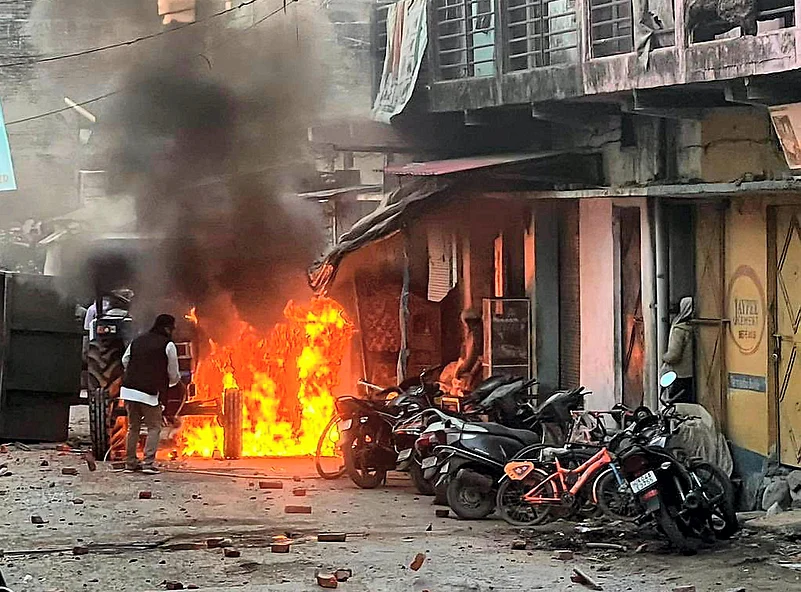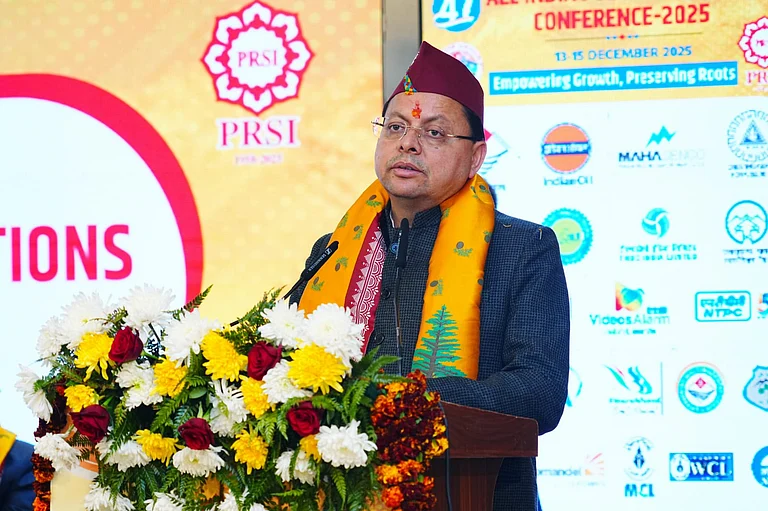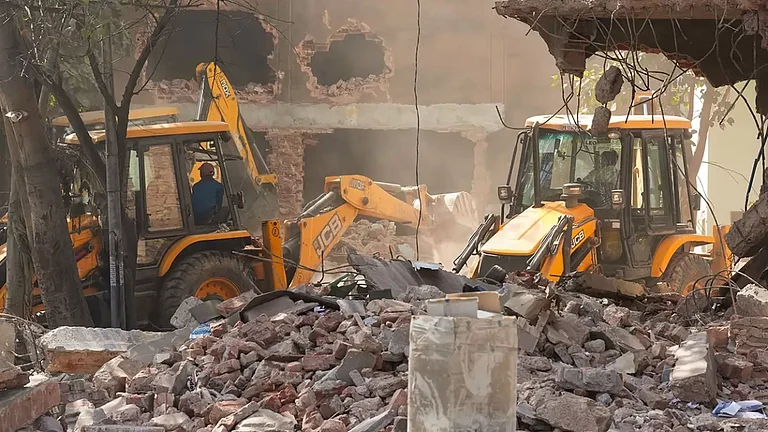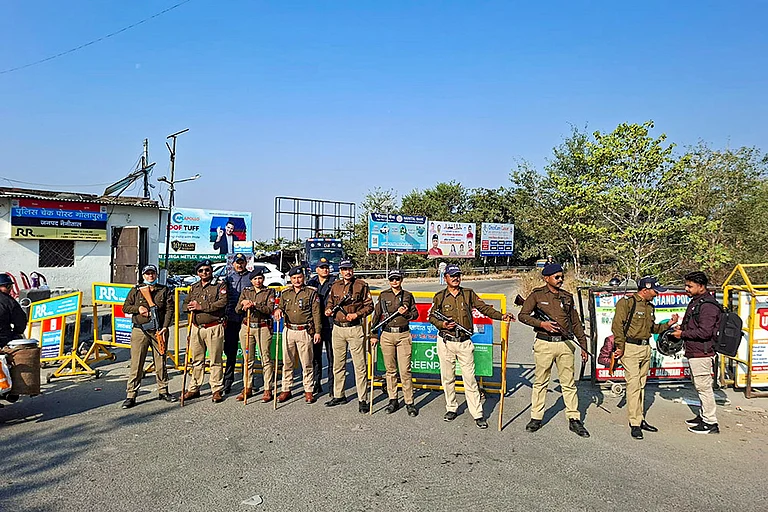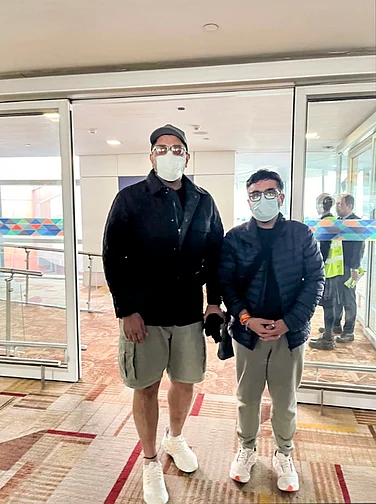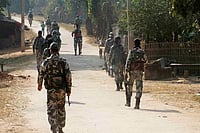Violent protests erupted in Uttarakhand’s Haldwani town last week, killing at least six people and injuring over a dozen others. Riots broke out on February 8 over a demolition drive of an “illegal” madrasa and a mosque by the municipal council. The civic body had taken possession of two structures, which were allegedly built on ‘Nazool land’. To launch their protest, locals in Banbhoolpura, the epicentre of the violence, hurled stones and petrol bombs at municipal workers and police, who were forced to seek refuge at a police station, which the mob then set on fire. Now, a magisterial probe has been ordered now to look into the riots, while internet remains suspended in the town.
The root of the dispute appears to be about the ownership of the land that the Haldwani district administration says is registered as Nagar Nigam’s Nazool land.
What Is Nazool Land?
Nazool land (also written as ‘Nazul’ land) is a plot of land owned by the state government for a non-agricultural purpose such as building, road, market, playground or any other public purpose. It is escheated to a state government under Section 29 of The Hindu Succession Act 1956. Although it belongs to the government, Nazool land is not directly administered by the state authority.
It is the opposite of ‘Waqf’ land, governed under the Waqf Act of 1995, which constitutes properties permanently dedicated for religious or charitable purposes, as per Islam law. These endowments play an important role in preserving and encouraging mosques, dargahs, madrasas, and other welfare initiatives within the Muslim community.
Recently, a row had erupted over the acquisition of 1.6-acre land at Angad Tila in Ayodhya’s Ram Janmabhoomi campus, which the city administration declared as “Nazool land”. A dispute had been going on between the Sri Ram Janmabhoomi Tirath Kshetra Trust and Hanuman Garhi. The Naga Sadhus of Hanuman Garhi claimed that the land rightfully belonged to them, while the Trust wanted to use it for the expansion of Ram Temple campus and associated projects.
What is the latest Haldwani dispute?
The local protests were in reaction to a press conference jointly held by Nainital District Magistrate Vandana Singh and Senior Superintendent of Police Prahlad Meena. Singh had said that the structures stood on encroached government land and were demolished after prior notice in compliance with a court order. Subsequently, demolitions began in the heavy presence of police, Provincial Armed Constabulary (PAC) personnel, municipal commissioner Pankaj Upadhyay, city magistrate Richa Singh, and SDM Paritosh Verma.
A protest over the demolitions soon turned violent and the mob started hurling bombs. Uttarakhand CM Pushkar Singh Dhami also ordered a 'shoot-on-sight' in response to the riots. All shops and schools in Haldwani were shut and internet was and continues to be, suspended. Over 1,000 police personnel and special forces were deployed to tackle the situation.
Earlier land dispute In Haldwani
In recent years, Haldwani has made several headlines over demolition drives conducted on schools, banks, mosques and thousands of houses which were claimed to be encroachments on government land.
In December 2022, the town became a political flashpoint over the Uttarakhand High Court’s order to evict 4,000 houses from railway land in Banbhoolpura area – the same area which is at the heart of the latest flare-up. The families living in these unauthorised colonies near Haldwani railway station were asked to vacate the areas in 7 days.
Outlook had earlier reported how the eviction notices led to panic and protests and thousands took to the streets of the transit town in protest against the proposed demolition. Many media organisations compared the protests with those in Shaheen Bagh in the winter of 2019-20 when thousands of women took to the streets in the winter to protest against CAA-NRC.
Occupants of the land later moved a plea in the Supreme Court challenging the high court order. However, the apex court stayed the order expressing urgency for these lands to be cleared for railway operations, like that of Vande Bharat trains. It granted the State and the Railway authorities eight weeks' time to work out a solution, inter alia, for the rehabilitation of occupants.






